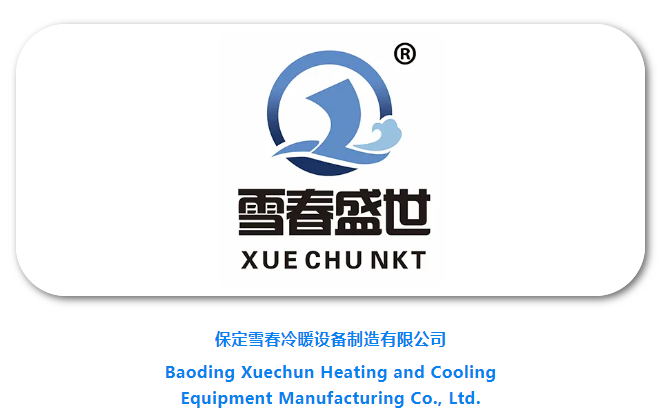IRELAND: Panasonic VRF ECOi VRF ducted units with energy recovery ventilators provide fully exposed air conditioning at a 19th century warehouse office conversion in Dublin.
The building selected by Online fashion brand Zalando for its expansion featured an exposed truss roof design. Services were to remain exposed while keeping above the bottom truss wherever possible all with minimal changes to the building fabric. This would allow natural sunlight to filter through to the office desks below but meant every detail of the project was on show for Zalando’s team and their clients.
The project, designed by Dublin-based consultants FKM Group and installed by contractors Crystal Air of Co Kildare received a special recognition award in Panasonic’s recent PRO Awards.
The Panasonic equipment was selected for its energy efficiency and flexibility of the 3-pipe air conditioning system. A key technical feature was the ability of the ducted units to have sufficient fan power to drive warm air to the floor without being too noisy for an open plan office. Due to the limited availability of plant space, it was not possible to provide a central AHU externally or internally without losing space or a need for major support steelworks. So fresh air needed to be delivered using Energy Recovery Ventilator units.
The Panasonic VRF ECOi MF2 solution offers a compact space-saving design and low noise levels thanks to a uniquely constructed casing comprising of two compartments; the upper chamber which contains the heat exchanger and the lower chamber to store the compressors. Additionally, the system allows for a non-stop operation during maintenance.
The ducted units have sufficient fan power to drive warm air from the roof of the warehouse building to the floor, with minimum noise disruption for this large open plan office environment.
The Energy Recovery Ventilator (ERV) of the MF2 system recovers 77% of the heat in the outgoing air, and is said to reduce the air conditioning load by around 20%.
During the summer months the system allows for a purge during the night, allowing the cooler night air to be present for a fresh start to the day. The number of ERVs running at any one time can also be reduced depending on the number of people occupying the space.
The system has a centralised controller that acts as a master scheduler, allowing full management of the entire space. In addition, each area within the space is fitted with ECO NAVI detectors to automatically reduce the energy consumption when rooms are unoccupied. User-friendly remote controls have also been fitted to give individuals the option to instantly adapt settings to suit.






















